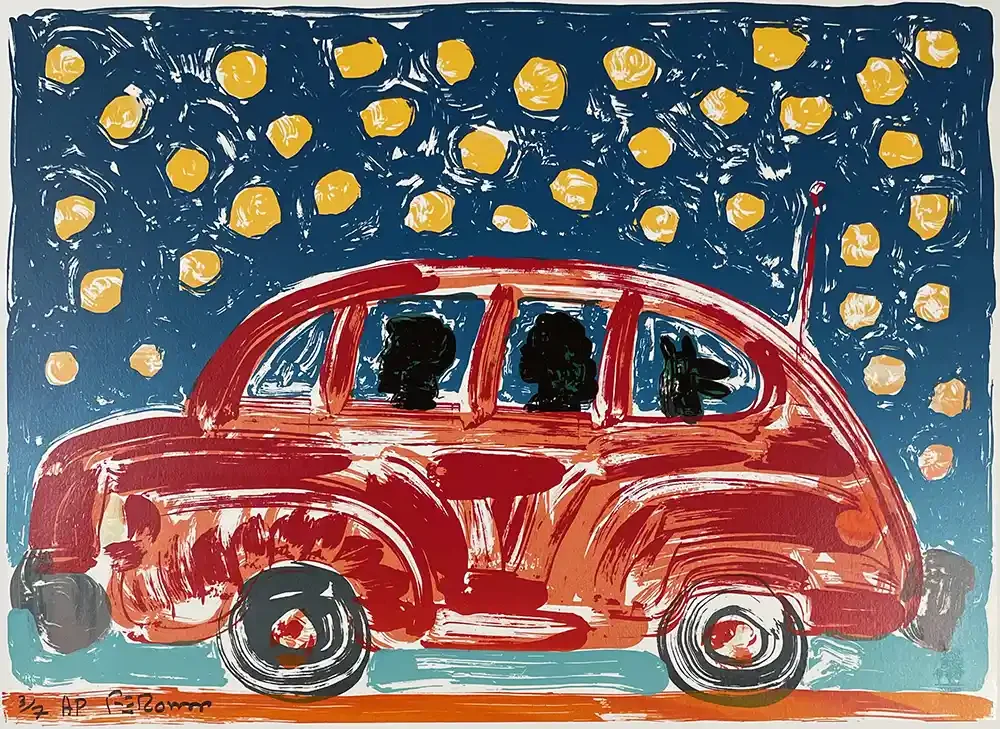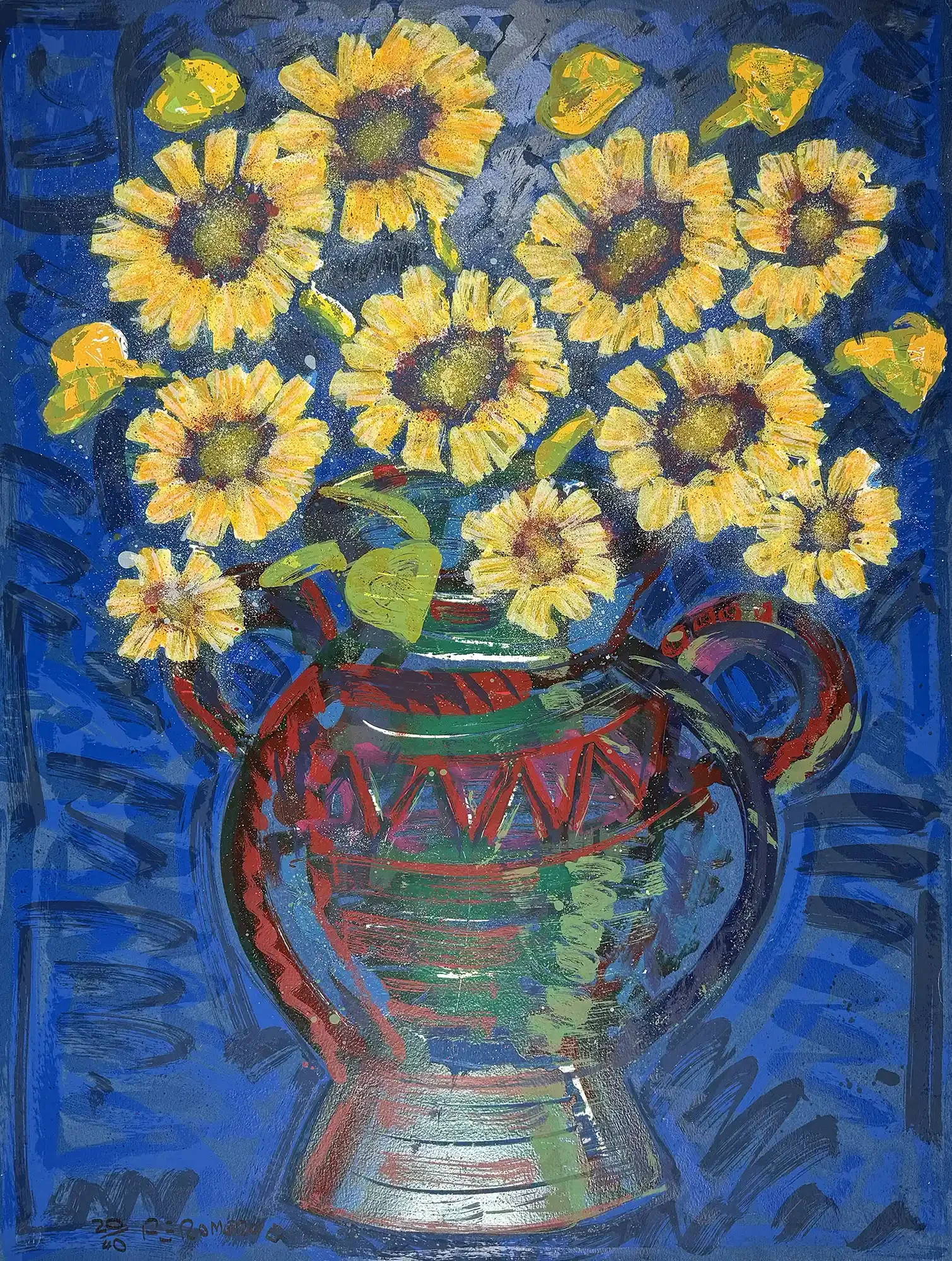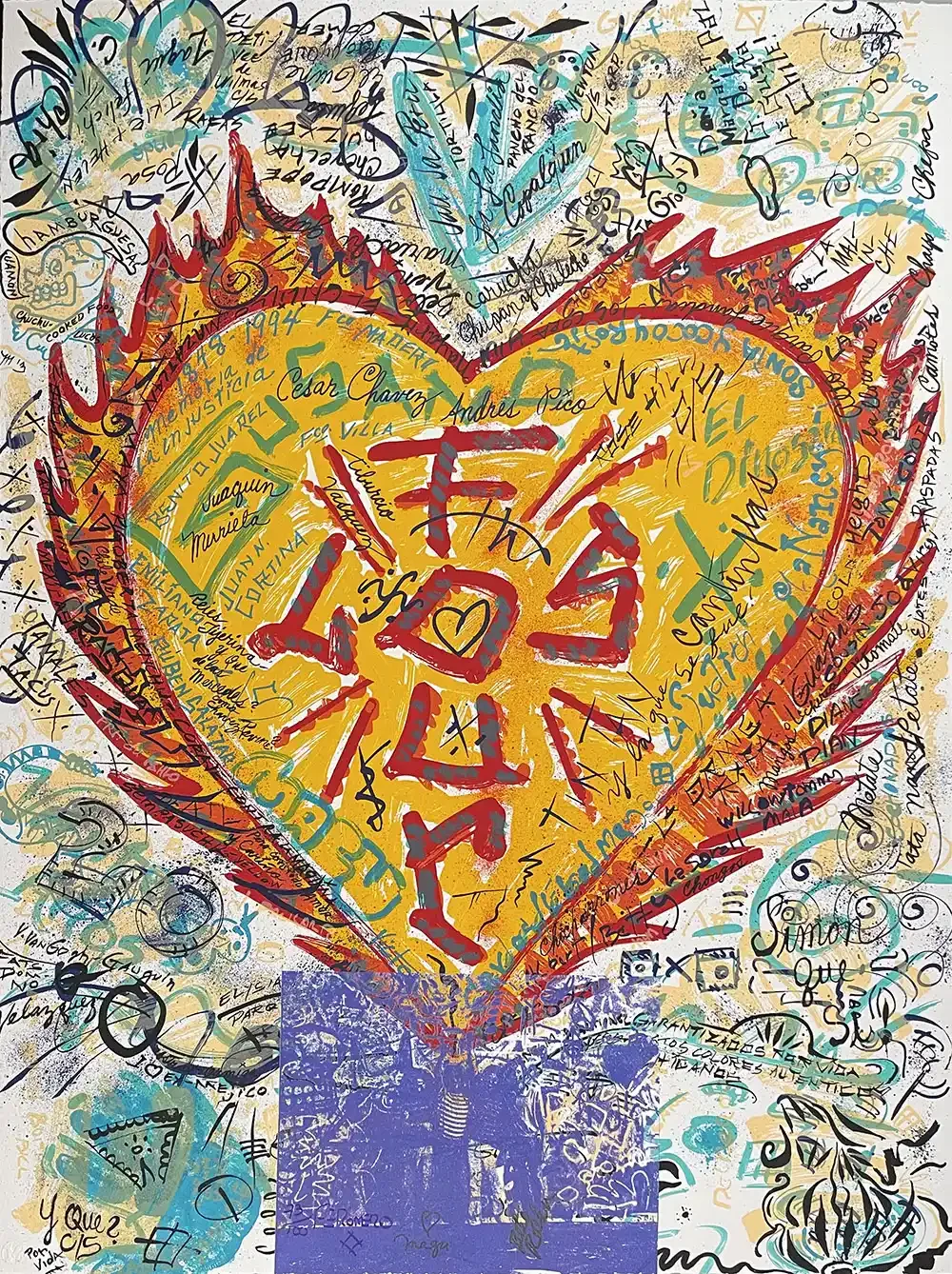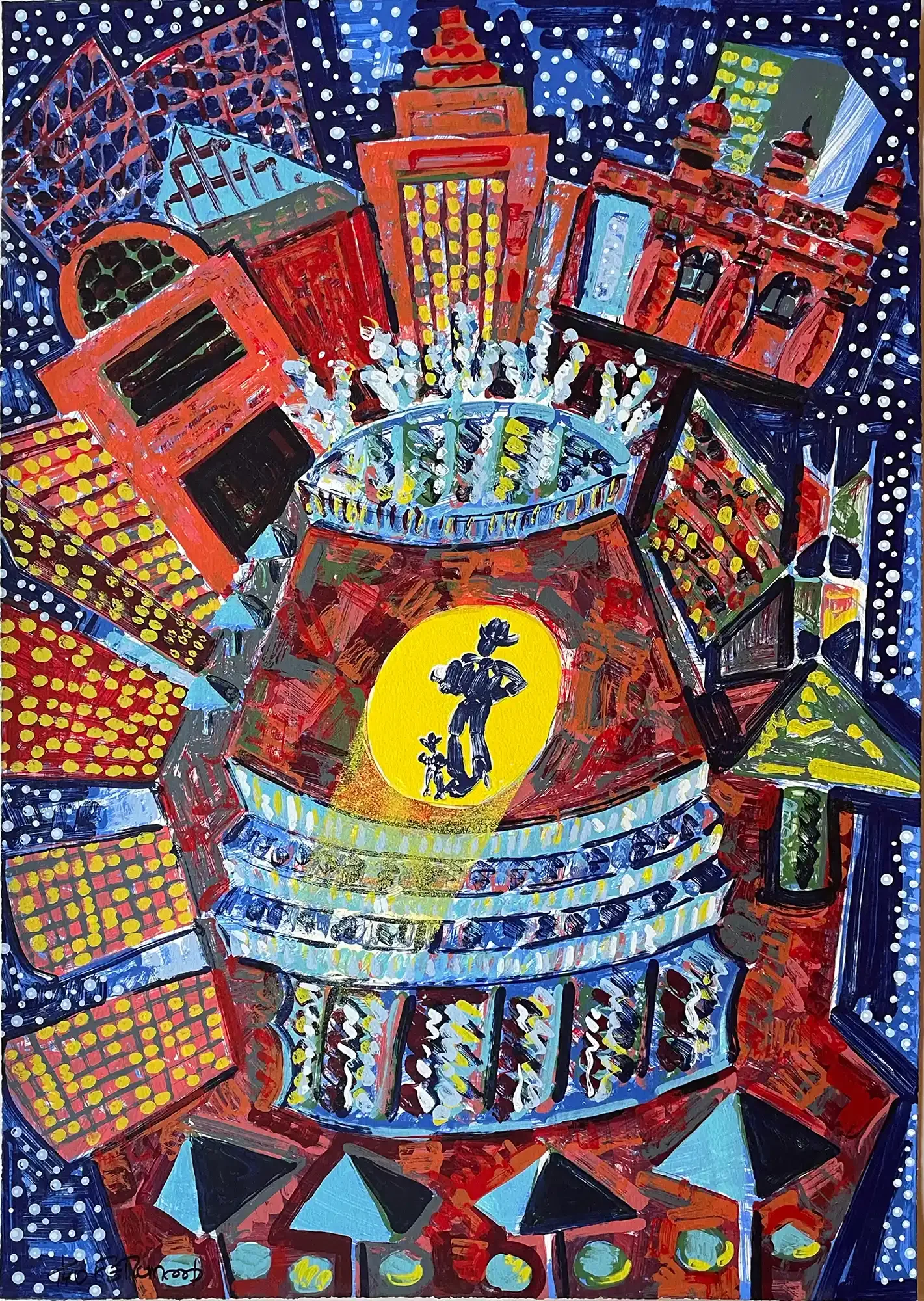Frank Romero - prints and biography
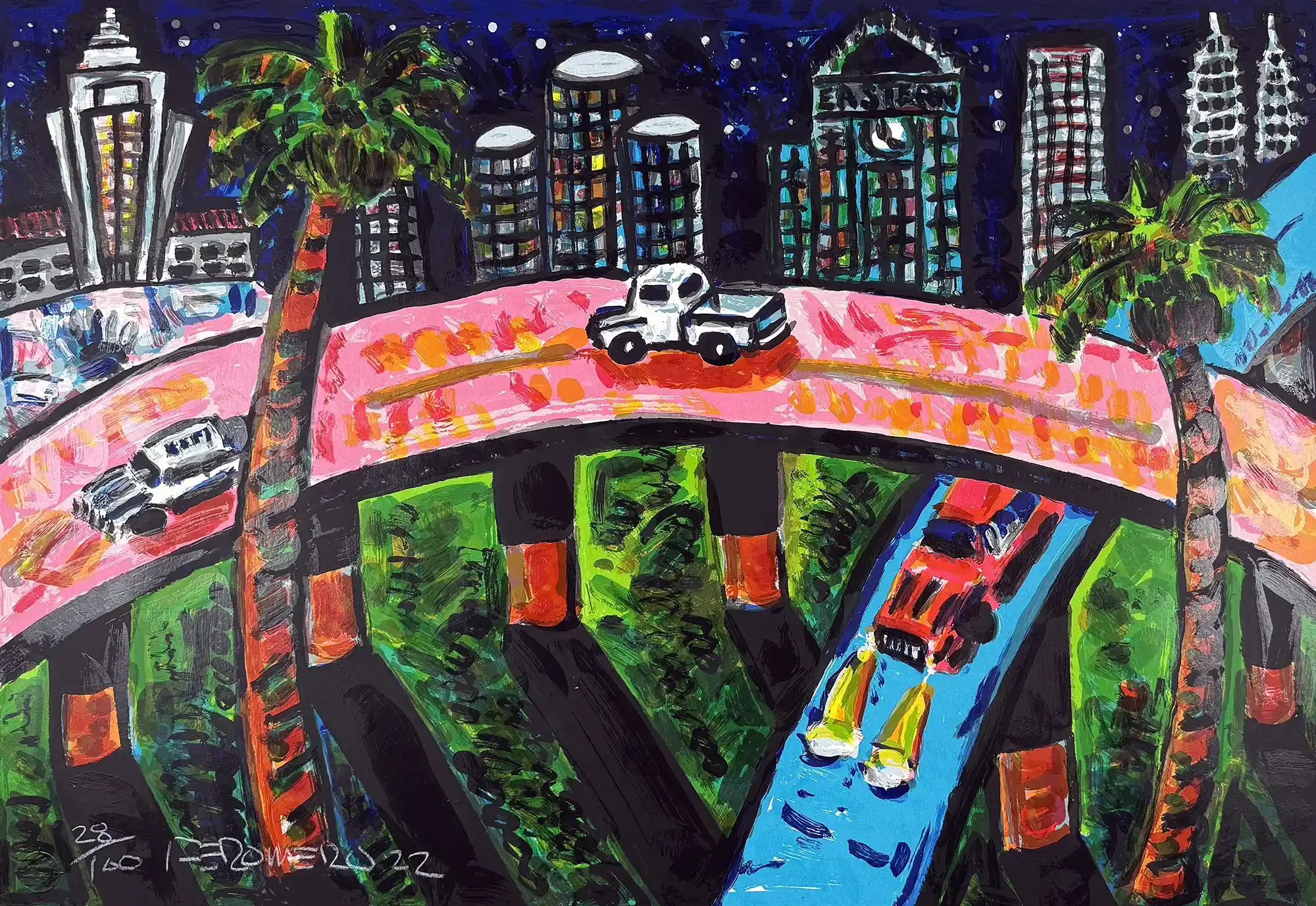
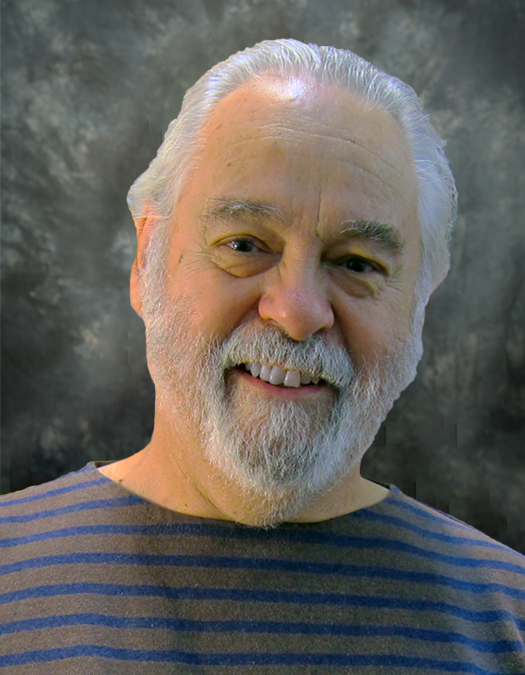
Frank Romero
Biography
Frank Romero (b. 1941) is one of the most influential figures in the Chicano art movement, known for his vibrant paintings, murals, and prints that celebrate and chronicle Chicano culture. A native of East Los Angeles, Romero has spent more than fifty years as a dedicated member of the Los Angeles arts community. In the 1970s, he joined the groundbreaking collective Los Four, alongside Carlos Almaraz, Gilbert Luján, and Beto de la Rocha. Together, they helped define a new cultural awareness of La Raza through murals, exhibitions, and public engagement. Their 1974 exhibition at the Los Angeles County Museum of Art marked the first major museum show dedicated to Chicano art, cementing their place in American art history.
While widely celebrated for his murals and paintings, Romero has also made significant contributions to printmaking. His screenprints, lithographs, and etchings carry the same bold energy and thematic richness as his larger works. Characterized by saturated color, stylized forms, and strong outlines, his prints frequently depict Los Angeles cityscapes, lowriders, and cultural iconography drawn from Aztec, Catholic, and popular traditions. They also reflect themes of protest, civil rights, and the lived experiences of Chicano communities.
Romero embraced printmaking not only for its creative potential but also for its democratic accessibility. By producing multiples, he ensured that his imagery—rooted in cultural pride and political consciousness—could reach broader audiences. His collaborations with community workshops, especially Self Help Graphics & Art, reinforced his belief in art as a collective and activist practice.
Many of Romero’s prints serve as visual chronicles of Chicano history, recording events like the Chicano Moratorium alongside intimate depictions of East L.A. life. Through this work, he acts as both artist and cultural historian, weaving together narratives of struggle, resilience, and celebration. Romero’s printmaking remains a vital dimension of his legacy, underscoring his lifelong dedication to art that is socially engaged, culturally rooted, and visually dynamic.
Exhibitions
Los Angeles County Museum of Art, 1974 (with Los Four)
Extensive solo and group shows in Los Angeles and nationwide
Collections
Self Help Graphics & Art
Major public and private collections across the U.S.

